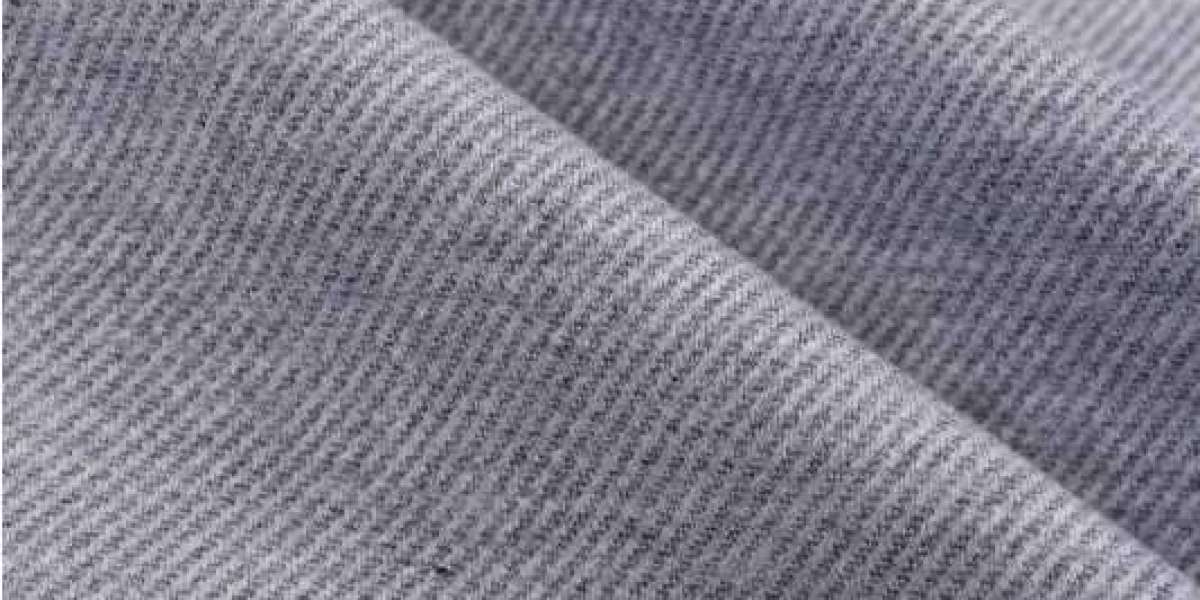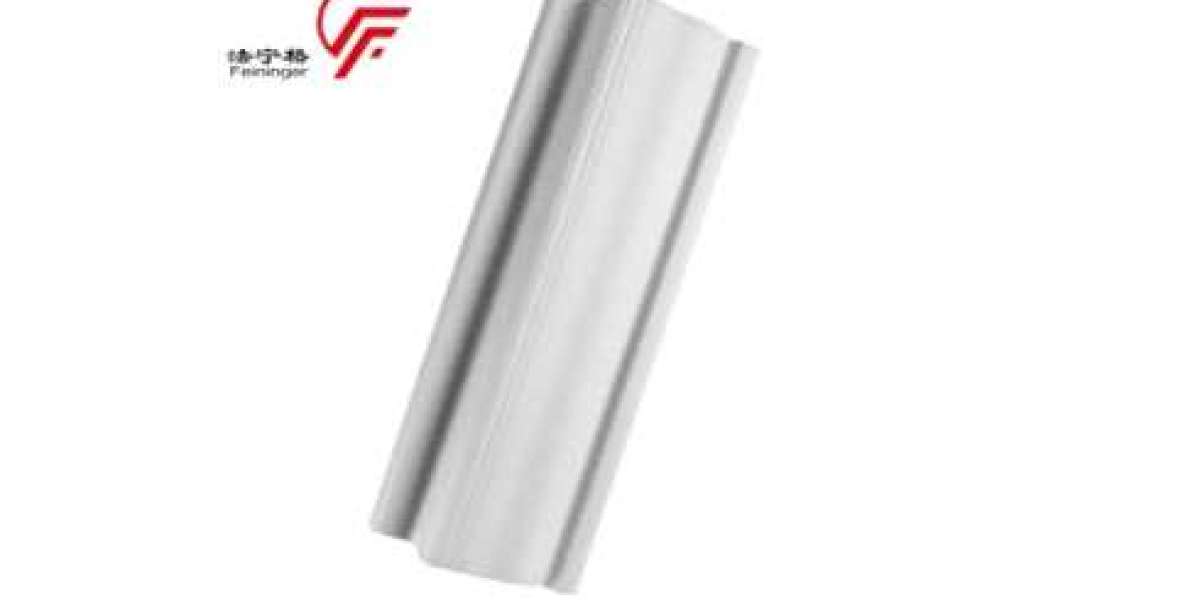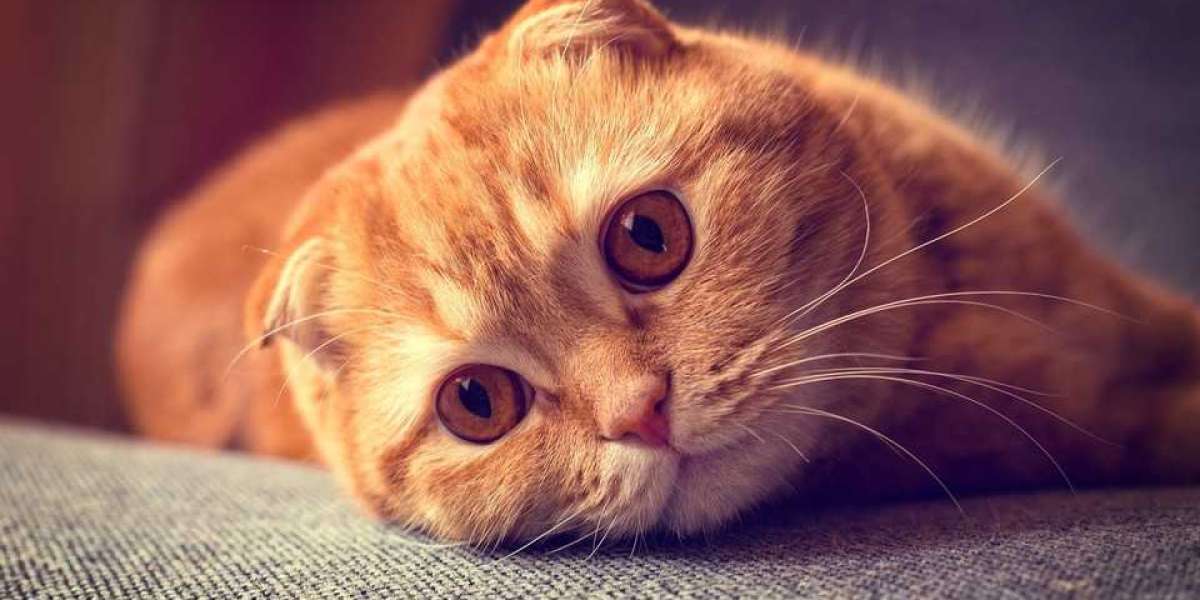Discover the versatile world of twill fabric, a durable textile with a unique diagonal weave pattern. From clothing to home decor, twill's distinctive structure offers both style and strength. Dive into this guide to unravel the characteristics, uses, and care tips for twill textiles. Explore how twill differs from other weaves like satin and plain, understanding its significance in various industries. Uncover the secrets behind why twill is a popular choice for creating sturdy garments like jeans and workwear while also adding sophistication to everyday items.
Gain insights into the history of twill fabric and its modern applications across fashion and interior design. Learn how to identify twill fabrics by their signature diagonal lines and discover innovative ways to incorporate this timeless material into your wardrobe or living space.
Understanding Twill Fabric
Characteristics of Twill
Twill fabric is known for its characteristic diagonal weave pattern, which sets it apart from other fabrics. This weaving technique creates a strong, durable material that can withstand regular wear and tear. The diagonal lines are formed by the way the yarns pass over and under each other in a repeating pattern.
Twill fabrics have a unique texture due to their weave structure, making them soft yet sturdy. They are often more wrinkle-resistant than plain weaves, adding to their popularity in clothing and home textiles. Common examples of twill fabrics include denim, chino, and gabardine.
Applications of Twill
Twill fabric is versatile and widely used across various industries for different purposes. In the fashion industry, twill is commonly found in garments like jeans, jackets, and suits due to its durability and comfort. Its distinctive appearance also adds a stylish touch to clothing items.
Moreover, twill is favored in home decor for items such as upholstery, curtains, bedding, and table linens because of its strength and resistance to pilling or snagging over time. Additionally,twill's ability to hold dye well makes it ideal for vibrant prints or colors on textiles.
Characteristics of Twill Fabric
Soft and Smooth Texture
Twill fabric, such as cotton twill, is favored for its soft and smooth texture. The diagonal weave pattern creates a luxurious feel against the skin. This characteristic makes it comfortable to wear in various clothing items like shirts, pants, and jackets.
Twill's softness also contributes to its versatility; it can be used in both casual and formal attire. Due to its comfort and pleasant feel on the skin, twill is often chosen for everyday garments that require durability without sacrificing comfort.
Pros:
Comfortable against the skin
Suitable for various types of clothing
Heavier Weight and Substantial Feel
Compared to other weaving patterns, twill fabric tends to be heavier and more substantial. This weightiness gives twill an added layer of warmth when used in outerwear or home textiles like blankets or upholstery. For example, denim is a type of twill known for its sturdiness due to its heavier weight.
The substantial nature of twill also lends itself well to structured garments like blazers or coats where a more defined silhouette is desired. This weight makes twill ideal for projects that require durability such as bags or heavy-duty workwear.
Pros:
Provides extra warmth
Ideal for structured garments
The Structure of Twill Weave
Creating Twill Weave
Twill weave is a type of textile weave where the weft thread goes over one or more warp threads, creating a diagonal pattern. This distinctive pattern is formed by offsetting the points at which the weft thread interlaces with the warp threads. Unlike plain weave, where each weft thread alternates going over and under each warp thread, in twill weave, the weft moves across multiple warps before going under again. This unique weaving technique results in a diagonal line pattern that sets twill apart from other types of weaves.
Twill fabric's structure provides several benefits, such as durability due to its tight construction and resistance to wrinkles. Because of how the yarns are woven together at an angle, twill fabrics have excellent drape characteristics and can easily conform to body shapes for comfortable wear.
Advantages and Disadvantages
Pros:
Durable due to tight weaving.
Resistant to wrinkles.
Excellent drape for comfortable clothing.

Popular Uses of Twill Fabric
Clothing Applications
Twill fabric is a versatile material used in various clothing items. It is commonly found in jeans, trousers, and chinos due to its durability and strength. The unique diagonal weave of twill not only adds visual interest but also provides a sturdy structure perfect for everyday wear.
In addition to casual wear, twill fabric is a popular choice for crafting workwear and uniforms. Its robust nature makes it ideal for garments that require resilience against frequent use and washing. Many military uniforms are made from twill fabric because of its ability to withstand harsh conditions while maintaining comfort for the wearer.
Home Decor Utilization
Beyond clothing, twill fabric finds its way into many aspects of home decor. This durable material is often used in creating curtains, adding a touch of elegance to any room. Upholstery made from twill offers both style and longevity, making it a preferred choice for furniture coverings that need to endure daily use without losing their appeal.
Moreover, bedding items such as duvet covers and pillowcases benefit from the soft yet hard-wearing properties of twill fabric. Its tight weave ensures that bedding remains comfortable while withstanding repeated washes, maintaining both quality and comfort over time.
The Versatility of Twill
Durable and Long-Lasting
Twill fabric is known for its durability, making it a popular choice for workwear and uniforms. Its unique weaving pattern creates diagonal lines that make the fabric resistant to tears and wrinkles. This durability ensures that garments made from twill last longer compared to other fabrics.
Pros:
Resistant to tears and wrinkles
Long-lasting, ideal for workwear
Stylish and Versatile Designs
The distinct diagonal weave of twill fabric adds a touch of sophistication to any garment. This versatile material can be used in various applications, from casual clothing like jeans to formal wear such as blazers or suits. Twill comes in different weights, allowing for lighter options suitable for shirts or heavier ones perfect for outerwear.
Pros:
Adds sophistication to garments
Suitable for both casual and formal wear
Care and Maintenance Tips for Twill
Washing Instructions
Twill fabric can be kept in top condition by washing it in cold water. Avoid using bleach as it may damage the fabric's quality over time. Instead, opt for a mild detergent to preserve the color and texture of twill garments.
When washing twill items, always separate them from heavier fabrics or rough materials that could cause friction during the wash cycle. This separation helps prevent pilling or snagging on the delicate surface of twill fabric, extending its lifespan.
Ironing Guidelines
To keep your twill clothing looking crisp and neat, iron them on a medium heat setting. High heat can scorch the fabric while low heat might not effectively remove wrinkles. By using medium heat, you can smooth out wrinkles without causing damage to the material.
Before ironing twill garments, check if they are completely dry to avoid trapping moisture between the fabric and iron. Moisture can lead to steam burns or water stains on the garment's surface when exposed to high temperatures during ironing.
Storage Tips
Storing twill garments properly is essential for maintaining their quality over time. To prevent mildew growth and odors, store twill items in a cool, dry place with good air circulation. Avoid storing them in plastic bags or containers that trap moisture as this can promote mold growth.
Consider hanging your twill clothing instead of folding them to prevent creases that may be challenging to remove later on. Hanging also allows air flow around the garment, reducing any musty smells that may develop when clothes are stored away for extended periods.

Final Remarks
Twill fabric is a versatile textile known for its unique weave structure and durable characteristics. Understanding the intricacies of twill weave, its popular uses across various industries, and the essential care tips for maintaining twill garments can enhance one's appreciation for this fabric. Its ability to combine style with functionality makes it a go-to choice for many fashion designers and consumers alike.
Exploring the world of twill fabric opens up a realm of possibilities for incorporating this textile into everyday life. Whether in fashion, home decor, or industrial applications, twill's adaptability and strength make it a valuable addition to any wardrobe or setting. Embracing twill fabric can elevate both style and practicality, urging individuals to explore its potential further.
Frequently Asked Questions
What are the key characteristics of twill fabric?
Twill fabric is known for its diagonal weave pattern, durability, and wrinkle resistance. It has a distinctive texture and is often used in making sturdy garments like jeans.
How is the structure of twill weave different from other weaving patterns?
Twill weave creates a diagonal pattern on the fabric surface by passing the weft thread over one or more warp threads. This results in a strong and durable textile with a unique appearance.
What are some popular uses of twill fabric?
Twill fabric is commonly used in making denim, chinos, workwear, uniforms, and home textiles like curtains and upholstery. Its versatility makes it suitable for both casual and formal wear.
How can one best care for twill fabric to maintain its quality?
To care for twill fabric properly, it's recommended to wash it in cold water with mild detergent, avoid high heat when drying to prevent shrinkage, and iron on low heat if needed. Following these guidelines will help preserve its integrity.
Why is twill considered a versatile fabric option?
Twill's versatility stems from its ability to be woven using various fibers such as cotton, polyester, wool or blends. This allows for different textures and finishes suited for diverse applications ranging from fashion to interior design.








